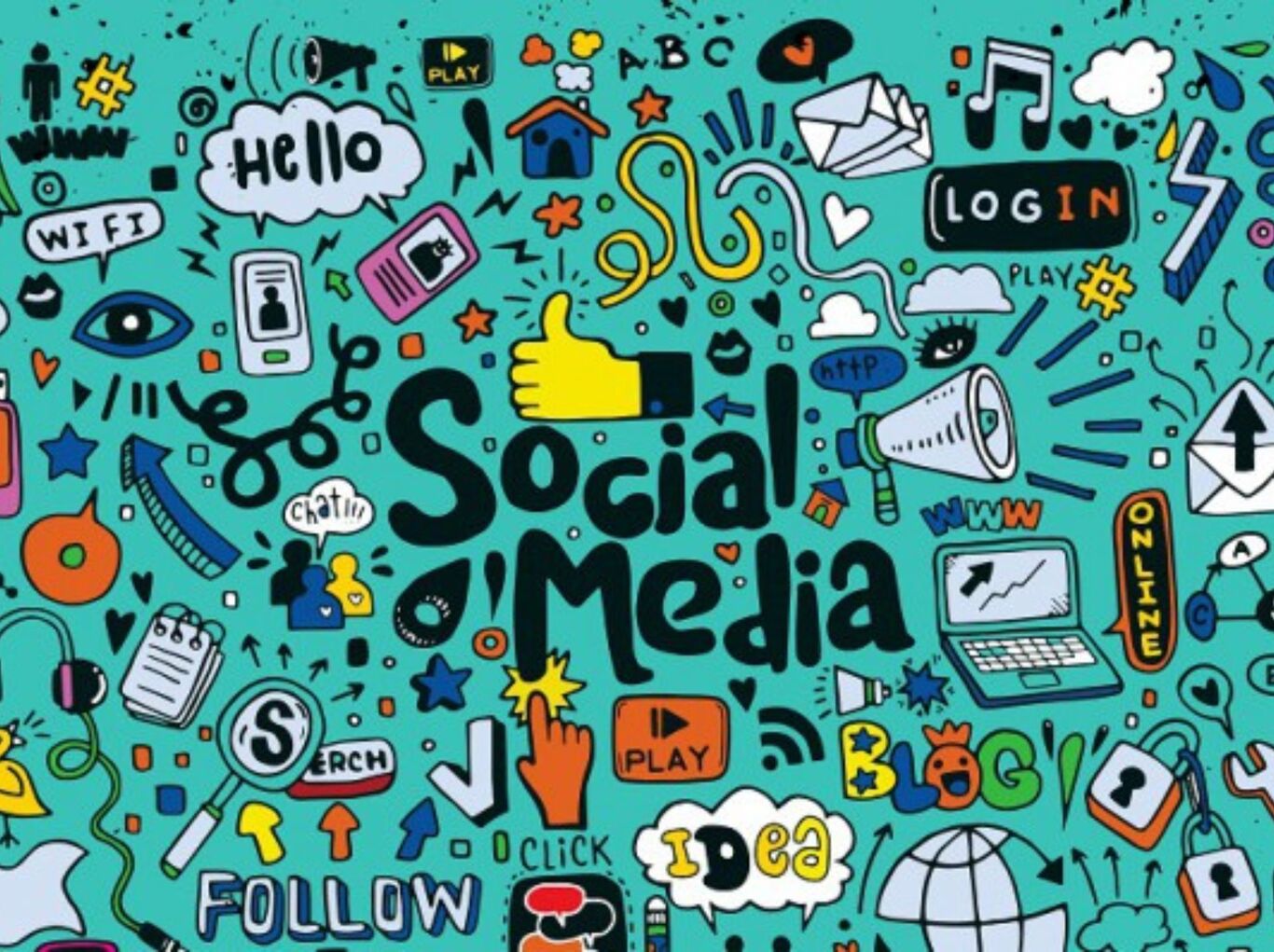Demand Forecasting Tools: Types, Tools, and Challenges For Every Business (2025)

Ever walked into a store to buy your go-to product, only to find empty shelves staring back at you? Or maybe you're the business owner stuck with a warehouse full of slow-moving inventory that's burning through your cash flow like there's no tomorrow?
You're not alone. Indian businesses lose billions annually due to poor inventory management and forecasting errors. However, companies using advanced demand forecasting tools are cutting these losses while improving customer satisfaction scores.
So what exactly separates the winners from those drowning in dead stock or missing sales opportunities? Let’s learn more about the different demand forecasting techniques involved in businesses.
What demand forecasting tools do (and why Excel isn't enough)
Let’s say you're managing inventory for a D2C brand. Last month, your bestseller ran out during a flash sale. This month, you're sitting on three months of stock for a product that suddenly stopped moving. Have you been in such a situation?
The truth is, spreadsheet-based forecasting is like driving while looking in the rear-view mirror. You're making decisions based on what happened, not what's about to happen.
In fact, these days consumer behaviour shifts overnight and one viral reel can spike demand by 300% - that's a recipe for disaster.
Modern demand forecasting tools are AI-powered engines that process millions of data points, from weather patterns to social media sentiment, to predict what your customers will want before they know it themselves.
How do demand forecasting tools work
Let's cut through the jargon. At their core, these tools take your messy, scattered data and turn it into actionable predictions. But how?
Think of them as pattern-recognition machines. They ingest historical sales, prices, promotions, and external signals like holidays or weather. Then they output forecasts at whatever granularity you need - SKU by location by day, if that's what keeps you up at night.
Modern demand forecasting tools are AI-powered engines that process millions of data points - plugged into your real-time analytics stack so forecasts flow straight into decisions.
Bottom line: Fewer stockouts, lower carrying costs, and planning meetings that actually produce decisions instead of debates.
The demand forecasting models that power predictions
Here's what most vendors won't tell you: Forecasting isn't one-size-fits-all. Different demand forecasting techniques work better for different scenarios.
If you’re new to demand types, start with the classification of demand to pick models that fit cyclical, seasonal, or erratic items.
Let’s break down what actually works:
For steady, predictable items: Exponential smoothing and ARIMA models are your workhorses. They're fast, explainable, and perfect for products with consistent demand patterns. Think staples like rice, dal, or basic apparel.
When promotions drive sales: Machine learning models like XGBoost add layers for price changes, discount percentages, and marketing spend. If your Diwali sale can triple weekly sales, you need these methods of demand forecasting in your arsenal.
For complex patterns at scale: Deep learning (LSTM, Temporal Fusion Transformers) handles thousands of SKUs across hundreds of stores. These models spot patterns humans would never catch, like how rain in Mumbai affects umbrella sales in Pune two days later.
The secret sauce: Hierarchical reconciliation. Your SKU-store-day forecasts need to add up correctly when rolled to brand-city-week views. Without this, your category managers and store planners are working from different realities.
And here's a pro tip: The best demand planning software doesn't force you to choose. It runs multiple models and picks the winner based on your specific context.
Types of demand forecasting: Picking the right approach
Not all types of demand forecasting and its techniques are created equal. Your approach should match your business model, data maturity, and planning horizons.
- Short-term operational forecasting (1-4 weeks) drives daily decisions - replenishment, staff scheduling, promotional inventory. This is where machine learning shines, catching subtle patterns in recent data.
- Medium-term tactical forecasting (1-6 months) supports S&OP, category planning, and vendor negotiations. Blend statistical models with market intelligence for best results.
- Long-term strategic forecasting (6+ months) shapes capacity planning, new product launches, and market expansion. Here, scenario planning beats point forecasts. What if GST rates change? What if a competitor enters? Model multiple futures.
The mistake most make? Using one approach for everything. Your annual budget planning needs different tools than your weekly replenishment runs.
Demand forecasting accuracy metrics you should track
You can't improve what you don't measure. But which metrics actually matter for demand and supply forecasting techniques?
MAPE (Mean Absolute Percentage Error) and sMAPE (Symmetric Mean Absolute Percentage Error) get thrown around a lot, but they can mislead on low-volume items. A 50% error on an item selling two units sounds terrible, but might not impact your business much.
That's why savvy operators use WAPE (Weighted Absolute Percentage Error). It weights errors by volume, so mistakes on your top sellers hurt more than errors on slow movers. For retail and D2C, this is the metric that correlates with actual business impact.
But don't stop there. Track bias - are you consistently over or under-forecasting? Even 95% accuracy means nothing if you're always 5% short on your bestsellers.
And here's something most miss: FVA (Forecast Value Added). It shows whether manual overrides are helping or hurting. You'd be surprised how often that "gut feel" adjustment makes things worse.
How can demand forecasting predictions drive decisions
A forecast that doesn't drive action is just an expensive report. The magic happens when predictions flow seamlessly into inventory decisions.
Smart reorder points (ROP) adjust dynamically based on forecast accuracy and demand variability.
Safety stock calculations come straight from your forecast error distributions, no more arbitrary "add 20% buffer" rules.
See our supply chain optimisation example showing how tuning safety stock lifts service levels without bloating inventory.
For allocation and replenishment, the system identifies which SKU-location combinations face the biggest forecast-to-inventory gaps. Stock flows to where it's needed most, not where it's always gone.
When you do this, you're not just predicting demand, you're actively shaping your supply chain to meet it.
The best demand forecasting tools that you need
The market's flooded with options, each claiming to be the AI-powered future of forecasting. Here's what actually matters when you're writing checks:
1. Intellsys.ai (GrowthJockey) - Built for Indian market
Intellsys.ai is an AI-powered copilot from GrowthJockey with real-time connectors to Shopify, Amazon India, and Flipkart.
Our platform can handle festive calendar shifts, monsoon impacts automatically. You can also carry out SKU-store-day forecasting with hierarchical reconciliation.
Best for Indian retailers and D2C brands wanting enterprise features without enterprise complexity.
2. RELEX Solutions
The company offers ML-driven forecasting that captures multiple demand drivers automatically.
Strong at handling promotions, seasonality, and fresh products. The downside? Some users flag that new features sometimes overpromise.
Best for retailers with 100+ stores dealing with complex assortments.
3. Blue Yonder Demand Planning
Azure-native with proven probabilistic forecasting. The platform can handle massive SKU counts across global networks.
The learning curve is steep, and implementation typically takes 6-12 months. Worth it if you've complex supply chains.
4. SAP IBP for Demand
Native integration with SAP ERP makes this the obvious choice for SAP shops. Statistical and ML methods built-in.
The tool has real-time S&OP collaboration features. But if you're not already on SAP, the cost and complexity rarely justify starting here.
5. AWS Forecast
The tool has AutoML capabilities using the same tech Amazon uses internally. It handles quantile forecasts for inventory decisions.
But you'll need data engineers to build the full solution. Perfect if you want embedded forecasting, not a planning platform.
Demand forecasting tools: ROI that CFOs actually care about
Let's talk money. Advanced demand forecasting tools aren't cheap. But neither is getting forecasting wrong.
Consider the maths: If you're carrying ₹10 crore in inventory with 25% holding costs, reducing stock by just 20% saves ₹50 lakh annually. That's before counting reduced markdowns, fewer stockouts, and lower working capital requirements.
The real wins come from compound effects.
Better forecasts mean better supplier negotiations (order with confidence). Lower safety stock requirements (trust your predictions). Improved customer satisfaction (right product, right place, right time).
Most businesses see payback in 6-9 months. The key is to start with high-value, high-complexity categories where forecast improvements drive immediate impact.
Demand forecasting implementation roadmap
Week 1-2: Data audit: What do you have? What's missing? What's reliable? Don't skip this—it determines everything else.
Week 3-4: Pilot category selection: Pick one high-value, high-complexity category. Enough volume for statistical significance, enough complexity to show value.
Month 2: Baseline and benchmark: Run your current method parallel to new approaches. Establish clear success metrics. WAPE, bias, stockout reduction - pick what matters to your business.
Month 3: Expand and refine: Add categories. Tune parameters. Build confidence. This is where you learn what works for your specific context.
Month 4-6: Integration and automation: Connect forecasts to planning systems. Automate routine decisions. Build exception-handling workflows.
Ongoing: Continuous improvement: Markets change. Patterns shift. Various methods of demand forecasting need constant recalibration. Build review rhythms that catch drift before it hurts.
Real-world use cases of demand forecasting techniques
Quick-commerce platforms like Blinkit and Zepto forecast at SKU-store-day level with 1-10 day horizons.
Festivals can double demand overnight. Rain changes everything. Their KPIs? Fill rate and spoilage. Get the forecast wrong, and you're either throwing away inventory or losing customers to competitors.
Fashion and D2C brands deal with size-colour-store hierarchies. New drops need analog-based forecasting (what similar products sold like). Markdowns require promo-uplift models to prevent margin erosion. Success means hitting 80% sell-through at week 6 without heavy discounting.
Manufacturing runs on longer cycles. Different methods of demand forecasting help plan raw material procurement 3-6 months out. Seasonal patterns, B2B order books, and capacity constraints all factor in. Miss the forecast, and you're air-freighting materials at a higher cost.
Demand forecasting challenges that Indian companies face
Here's what happens when Silicon Valley-designed demand forecasting tools meet Indian market realities:
- Festive complexity: Diwali dates shift yearly. Raksha Bandhan impacts categories differently across states. Your forecasting engine needs a robust events calendar and festive season sales playbook, not just "add 20% for festivals."
- Monsoon impacts: A delayed monsoon changes everything from FMCG consumption to fashion preferences. Weather-aware models are essential.
- Cash vs credit dynamics: COD still dominates e-commerce. RBI policy changes affect purchasing power overnight. Your demand signals need to account for payment preference shifts.
- Tier 2/3 city growth: Demand patterns in Coimbatore don't mirror Mumbai. As India's consumption story shifts beyond metros, your forecasts need micro-market sensitivity.
The bottom line: Why you need the best demand forecasting tools
The companies winning today know what's going to sell before their competitors do. They're cutting inventory while improving availability. They're turning forecasting from a monthly Excel exercise into a real-time competitive weapon.
The question isn't whether you need better demand forecasting tools - it's whether you can afford to compete without them.
If your current forecasting feels more like fortune-telling than science, you're not alone. But you also don't have to stay there.
Whether you're battling stockouts, drowning in dead stock, or just tired of planning meetings that go nowhere, the right forecasting approach can transform your operations.
Book a 30-minute forecasting consultation with GrowthJockey’s venture architects and see how Intellsys.ai can help your business.
We'll audit your current approach, identify quick wins, and show you exactly where better forecasting could impact your bottom line.
FAQs on demand forecasting techniques
Q1. What are the AI tools used for demand forecasting?
Leading AI tools include Intellsys.ai, which combines multiple algorithms for accurate demand forecasting.
Q2. What are the three types of demand forecasting?
The three main types are qualitative forecasting (expert opinions, market research), time-series forecasting (historical pattern analysis), and causal forecasting (relationship-based models using price, promotions, external factors).
Q3. Which demand forecasting method is best?
No single method works best universally - ensemble approaches combining statistical models, machine learning, and human expertise deliver the highest accuracy.








